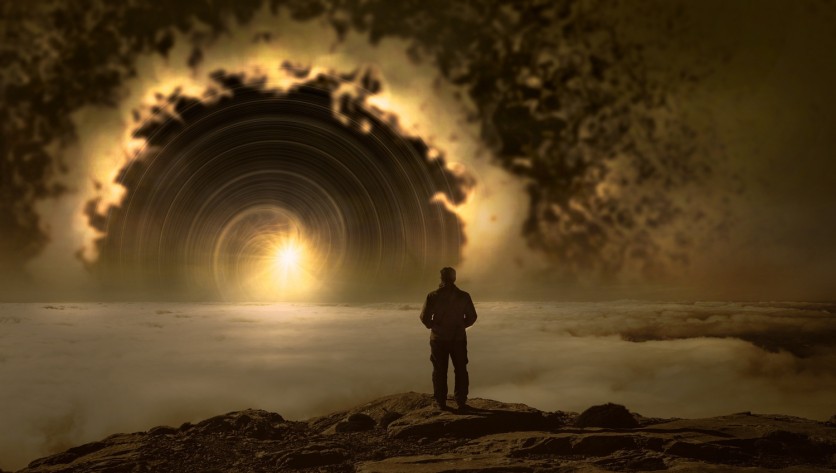Our minds are made up of fragments of memories, imaginations, musings, and many more. Our dreams, in particular, can appear the most fragmented, and even though they can be vivid sometimes, it is hard to recall them once we wake up.
Experts believe that once a dream ends, we forget 50 percent of what happened, and 90 percent of it is lost 10 minutes later. However, this may soon change with AI potentially recording our dreams in the future.

AI Reads Brain Scans
According to a study that will be presented at a computer vision conference, AI can now read brain scans and generate images that closely resemble what a person has seen, reported by Science.
This technology has various potential applications, including studying how different animal species perceive their surroundings and assisting communication for people with paralysis.
Previously, many labs had used AI to recreate images from brain scans, but the new study is the first to use an algorithm called Stable Diffusion, which was developed by a German group and released in 2022.
The algorithm is similar to other text-to-image generative AIs and was trained using additional text descriptions to link brain patterns with thousands of photos.
Unlike other algorithms, Stable Diffusion requires less training, making it an innovative method for "deciphering the brain."
Yu Takagi, a systems neuroscientist at Osaka University, has revealed that the AI algorithm uses brain activity information from different regions of the brain to generate images.
The algorithm interprets data from functional magnetic resonance imaging (fMRI) brain scans that detect changes in blood flow to active areas of the brain. The temporal and occipital lobes of the brain register different types of information about an image when a person views it.
While the temporal lobe records the image's contents, the occipital lobe records information about its layout and perspective. The AI system records these brain activity patterns and generates an imitation image using the Stable Diffusion algorithm.
The researchers included additional training to the Stable Diffusion algorithm by using brain scans from four participants who viewed a set of 10,000 photos.
Read Also : 'One Piece' Author Eiichiro Oda Asks ChatGPT to Generate New Anime Chapter: Here's What Happened
AI-generated Images from the Brain
The AI-generated image initially appears as noise and replaces the noise with distinguishable features by comparing the patterns of brain activity of the viewer with those in its training data set.
The researchers found that brain activity in the occipital lobe provided enough information to recreate the layout and perspective of photos, but struggled with object details.
To overcome this issue, they used keywords from image captions to associate brain activity patterns with objects during training, resulting in a convincing imitation of the real photo.
The AI system was tested on brain scans from the same participants, but expanding to other individuals would require retraining the system.
The researchers hope the technology could lead to new opportunities for cognitive neuroscience research and could be used to intercept imagined thoughts and dreams.
The findings of the work was published in bioRxiv.
Related Article : Stable Diffusion, Midjourney, DreamUp Face Copyright Lawsuit from Three Artists, Allegedly Copying their Works

ⓒ 2025 TECHTIMES.com All rights reserved. Do not reproduce without permission.




